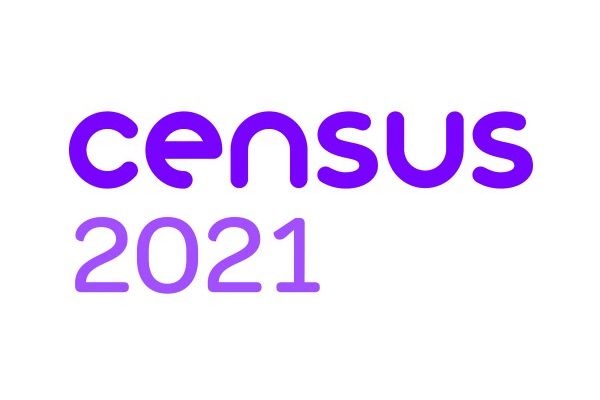The Census is Coming

Households across England and Wales will soon be asked to take part in Census 2021.
What is the census?
The census is a once-in-a-decade survey that gives us the most accurate estimate of all the people and households in England and Wales. It’s been carried out every decade since 1801, with the exception of 1941 due to the war. In 1801 the population was recorded at 9 million and in the last census (2011) the population was recorded at 63.2 million.
Perhaps the most well-known census is recounted in the Bible. Luke Chapter Two, Verses One to Four describe Mary and Joseph travelling to Bethlehem to take part in the census while Mary is heavily pregnant with the baby Jesus.
Everyone takes part in the census including famous residences such as Buckingham Palace or 10 Downing Street who will list any staff working there on the night alongside the entries for the royal family or prime minister.
By collecting information from every household, a unique and detailed snapshot is taken of modern life, documenting the lifestyle and characteristics of the population.
Who should complete the census?
Everyone living and working in England and Wales (Scotland and Ireland are doing their census in 2022)
How do you complete it?
It will be the first census run predominantly online, with households receiving a letter with a unique access code, allowing them to complete the questionnaire on their computers, phones or tablets.
‘A successful census will ensure everyone from local government to charities can put services and funding in the places where they are most needed,’ Iain Bell, deputy national statistician at the Office for National Statistics, said.
‘This could mean things like doctors’ surgeries, schools and new transport routes. That’s why it is so important everyone takes part and we have made it easier for people to do so online on any device, with help and paper questionnaires for those that need them.’
If you’re 16 or over you can call the census helpline and request access to complete a questionnaire independently and anonymously to the rest of your household.
I don’t have access to the internet?
Paper questionnaires will be available by calling the number on the letter you receive or you can complete it online by visiting one of the census support centres.
When does it take place?
Census day will be on March 21, but households across the country will receive letters with online codes allowing them to take part from early March.
Results will be available within 12 months, although personal records will be locked away for 100 years, kept safe for future generations. These provide a wealth of information for genealogists, historians and family tree enthusiasts.
What questions does it ask?
The census will include questions about your sex, age, work, health, education, household size and ethnicity. And, for the first time, there will be a question asking people whether they have served in the armed forces, as well as voluntary questions for those aged 16 and over on sexual orientation and gender identity.
Over the years the questions change to reflect the change in our society for example references to ‘housewife’ were seen in the 1971 and 1981 census, but by the 90s it was replaced with the gender-neutral option ‘looking after the home or family’. From 1951 right up until 1991, households were asked if they had an outside toilet.
The UK has always been known as a nation of animal lovers and the proof exists in the 1911 census. One family listed among their household Roger the watchdog, whose occupation was listed as looking after the house. And another included their eight-year-old Tom Cat who was a mouse-catcher.
The census also shows us how people’s occupations have changed over the years, if the 1841 census is anything to go by. Some of the professions with the lowest counts that year included bee dealer (one man), peg maker (19 males and one female) and artificial eye-maker (eight males and one female).
That year there were only 734 female midwives – whereas the 2011 census recorded a total of 30,925 female midwives and 330 who were men, a total of 31,255.
Religious belief was included in the census in 2001 for the first time since 1851.Beforehand, an email campaign tried to persuade people to record their religion as Jedi and 390,000 people adopted the Star Wars religion. Ten years later, the number of Jedi believers had fallen somewhat – but at 176,632, it was the UK’s seventh most popular ‘religion’.
How secure is my data?
When the ONS publishes statistics they’re completely anonymous. They don’t include any personal information and you can not be identified via census data. Your personal census information is protected by law and it’s a crime for anyone to share it. This means government departments dealing with any applications you’ve made or any payments or services you receive can not see your census information. For example it cannot be used to influence benefit claims, a residency application, immigration status or taxes. Private organisations and individuals such as landlords will not have access to your personal information. ONS will never sell your data.
All census records are kept secure for 100 years and only then can they be viewed by future generations, for example, by those interested in family history.
For more information visit www.census.gov.uk.
